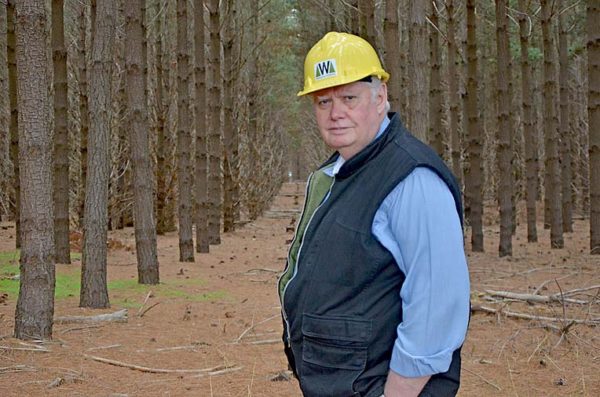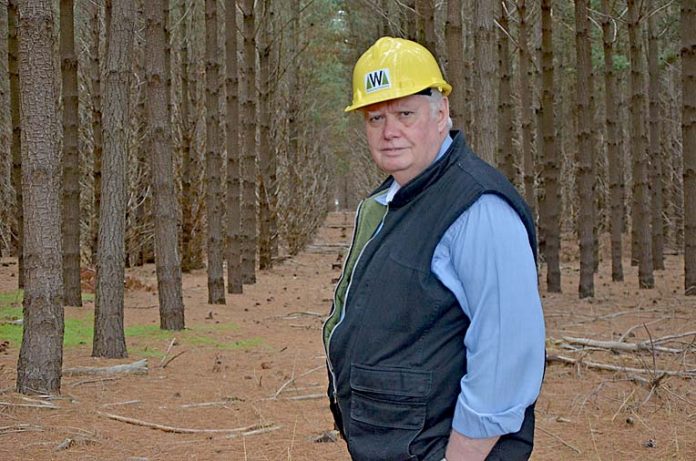
A MOUNT Gambier forestry industry expert has claimed the region’s softwood forestry estate was sold for a whopping $500m below its value.
Dr Jerry Leech – who has been a leading critic of the sale process – said yesterday the $670m sale price was simply a “bad deal” for the state.
“The State Government gave the lease of the land away for nothing for 105 years, which was worth around $500m,” Dr Leech said.
“What Treasurer Tom Koustantonis is saying about how it was a good deal is absolutely garbage.”
Australian Conservatives MLC Robert Brokenshire – who was a key opponent of the sale – claimed the sale had left a potential $100m black hole in the state’s economy.
“The government decided in 2012 to sell off ForestrySA for a quick profit, but documents lodged with the financial regulator show the new owner has managed to generate annual profits as high as $125.5m,” Mr Brokenshire said.
“We could have had that return every year going into general revenue and still owned the asset.
“The Weatherill Government was desperate at the time to make its ailing budget look better in order to stimulate marginal seats in Adelaide prior to the 2014 election.
“At the time the harvesting rights were undersold by at least $230m, based on the value of the land because the Weatherill Government needed to prop up its ailing budget bottom line.”
He said OneFortyOne Plantations – which paid $670m for the state asset – had generated four times the profits than when the estate was under government management.
“I was critical of it being sold at all and secondly that it was sold well under its true value and thirdly it was sold for short-term expedient gain,” Mr Brokenshire said.
He claimed the government sold it without considering the long-term benefits to both annual returns from Forestry SA’s asset in the South East, but also the security of its timber supply.
The Border Watch requested a response from Treasurer Tom Koutsantonis, whose office sent through a statement from Treasury and Finance Department spokesperson.
“The $670m sale price for the Forestry SA assets was the result of a highly competitive sales process and was a very good result for the state,” the spokespersons said.
“It exceeded the reserve price by a considerable margin.”
The department official said it was important to realise the sale allowed the state to transfer all commercial and operational risks of running a commercial forestry plantation in the Green Triangle region to the private sector.
“It is not appropriate to compare management of the assets as the private sector generally strives for certain cost efficiencies and sales revenues in a different way than a business run by the government,” the spokesperson said.
“That was part of the rationale for selling these assets and should not be seen as ForestrySA being poorly run.”
The key consideration is the sales price exceeded a properly constructed reserve price for the state retaining the business into the future.
“This is a dollar figure that reflects the discounted cost and revenue cash flows if the business stayed in government hands,” the official said
“The reserve price cannot easily be compared to a pay-back period based on private sector revenues or profits, so, in that sense, it is the wrong metric.”






